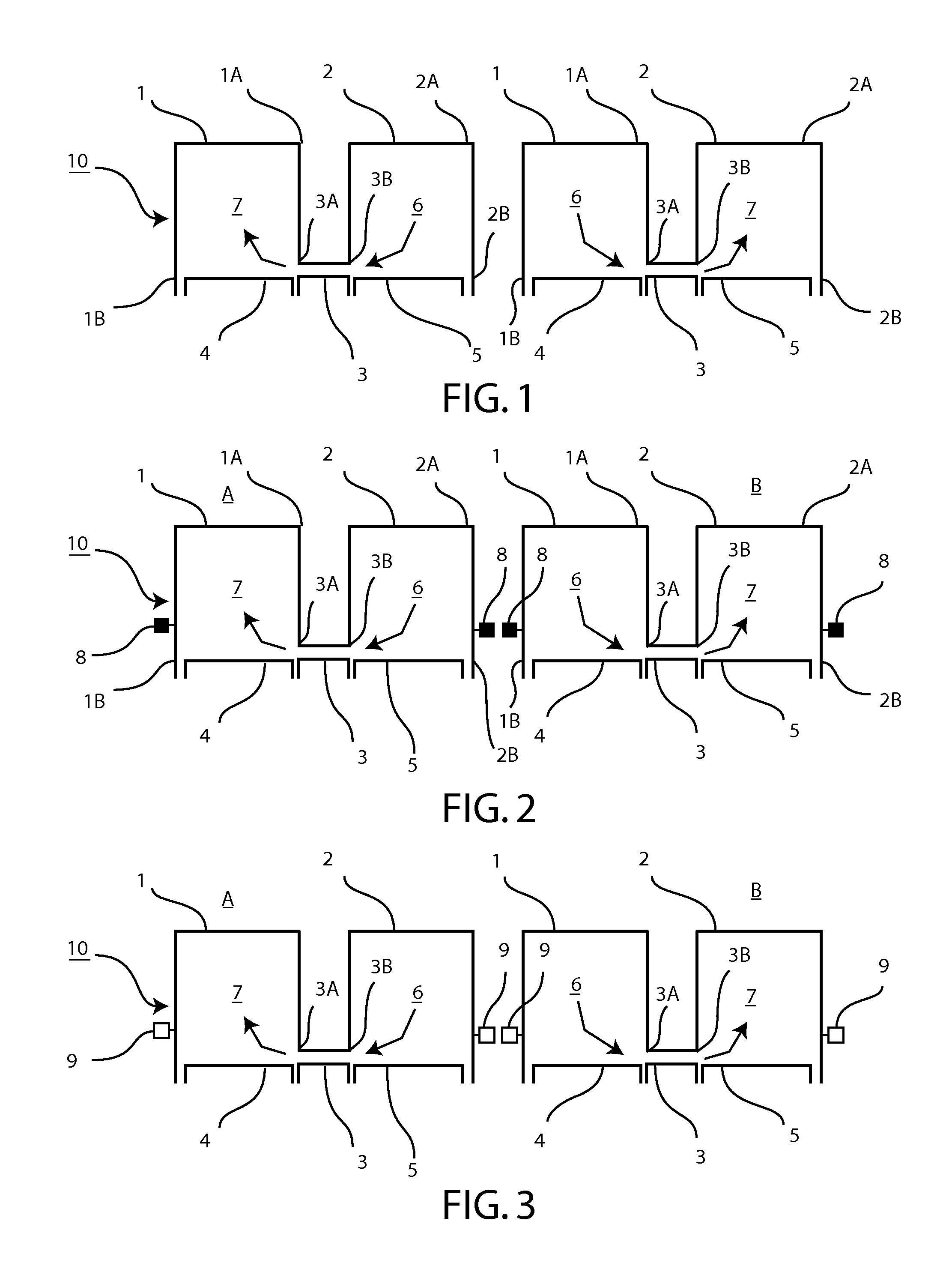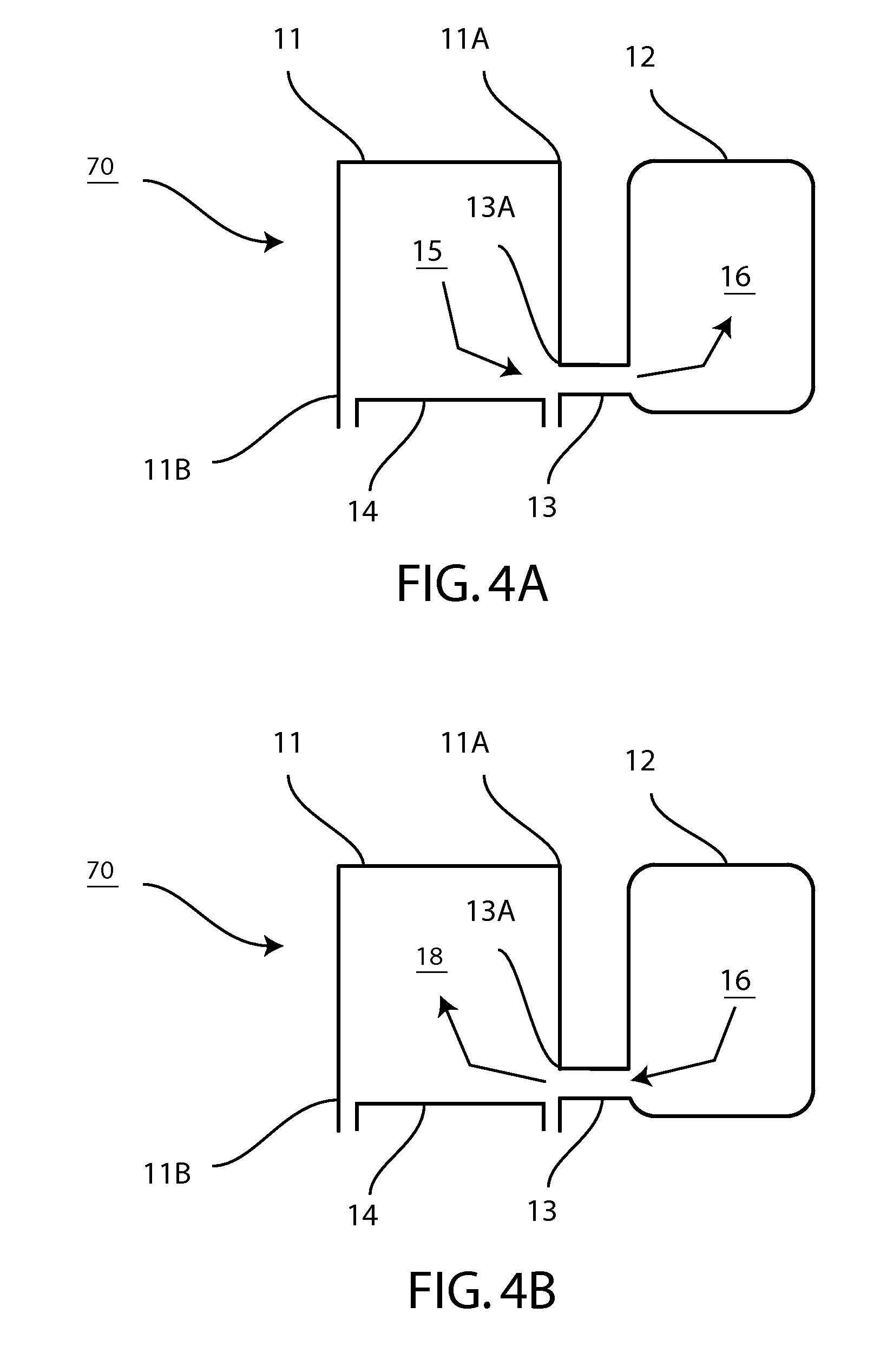Internal combustion engines with surcharging and supraignition systems
a combustion engine and internal combustion technology, applied in the field of internal combustion engines, can solve the problems of reducing overall efficiency, reducing the efficiency of the total system, and usually and fundamentally limited of the extraterrestrial engine, so as to improve the ignition and fuel combustion, improve the combustion efficiency, and increase the engine efficiency
- Summary
- Abstract
- Description
- Claims
- Application Information
AI Technical Summary
Benefits of technology
Problems solved by technology
Method used
Image
Examples
Embodiment Construction
[0115]The above problems and others are at least partially solved and the above objects and others realized in internal combustion engines modified surcharging, including exhaust gas surcharging and / or ignition gas surcharging or supraignition. Exemplary embodiments of the invention are designed to improve the thermodynamic efficiency of the combustion cycles of the cylinder or piston assemblies of an internal combustion engine, whether a two-stroke or four-stroke gasoline engine or diesel engine. According to the principle of the invention, a surcharging embodiment of the invention includes exhaust gas surcharging, which involves harvesting a charge of exhaust gas produced from the combustion cycle of a cylinder assembly, and applying the harvested charge of exhaust gas to a charge of ignition gas in the compression stroke of a cylinder assembly. Another embodiment of exhaust gas surcharging involves harvesting exhaust gas from the combustion cycle of a cylinder assembly, holding o...
PUM
 Login to View More
Login to View More Abstract
Description
Claims
Application Information
 Login to View More
Login to View More - R&D
- Intellectual Property
- Life Sciences
- Materials
- Tech Scout
- Unparalleled Data Quality
- Higher Quality Content
- 60% Fewer Hallucinations
Browse by: Latest US Patents, China's latest patents, Technical Efficacy Thesaurus, Application Domain, Technology Topic, Popular Technical Reports.
© 2025 PatSnap. All rights reserved.Legal|Privacy policy|Modern Slavery Act Transparency Statement|Sitemap|About US| Contact US: help@patsnap.com



